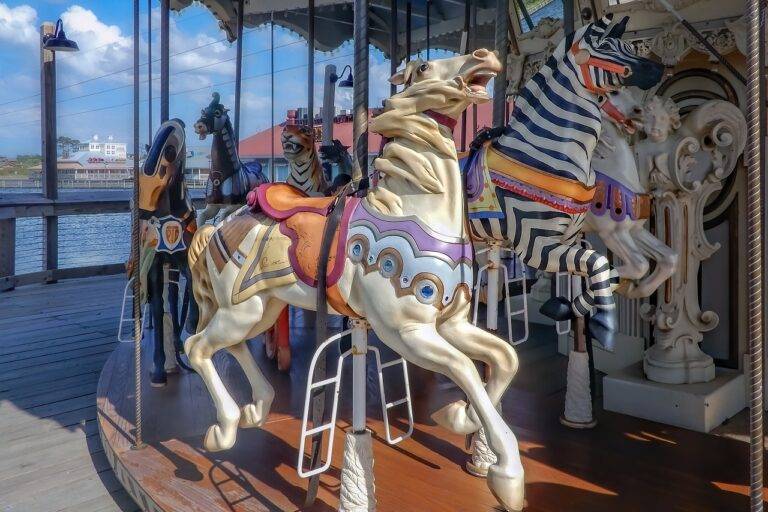Analyzing the Influence of Surrealism on Entertainment: Dreamlike Imagery, Absurd Narratives, and Psychological Themes
Surrealism emerged in the early 20th century as a response to the devastation and disillusionment caused by World War I. Artists and writers sought to break away from traditional constraints and explore the depths of the subconscious mind. Influenced by Freudian psychology and the Dada movement, surrealists embraced chance, spontaneity, and the irrational in their creative expressions. Through dream-like imagery, symbolism, and juxtaposition of seemingly unrelated elements, they aimed to challenge societal norms and provoke new ways of thinking.
In art, surrealists like Salvador Dalí, René Magritte, and Max Ernst pushed the boundaries of representation by creating fantastical and enigmatic works that defied logic and reason. Their paintings often featured distorted figures, bizarre landscapes, and dreamscapes that blurred the line between fantasy and reality. In literature, writers such as Andre̿ Breton, Louis Aragon, and Paul E̿luard experimented with automatic writing and stream-of-consciousness techniques to access the subconscious and convey the inner workings of the human psyche. Together, these artists and writers laid the groundwork for a movement that would revolutionize the artistic landscape and inspire generations to come.
The Evolution of Surrealism in Film and Television
Surrealism’s influence on film and television has been profound, shaping the way stories are told and visuals are presented on screen. From early experimental films by avant-garde artists to mainstream cinema and television shows, surrealism has pushed boundaries and challenged traditional storytelling techniques. Directors and creators have embraced surrealistic elements to evoke emotions, provoke thoughts, and explore the depths of the human subconscious.
In film, directors like Luis Buñuel and David Lynch have incorporated surrealistic themes to create dreamlike atmospheres and narratives that blur the lines between reality and fantasy. Their works often feature non-linear plots, distorted imagery, and symbolic motifs that invite viewers to interpret meanings beyond the surface. Similarly, television series such as “Twin Peaks” and “Legion” have embraced surrealism to engage audiences in unconventional ways, giving rise to a new wave of storytelling that defies expectations and invites viewers to question the nature of reality.
Surrealism’s Impact on Music and Performance Art
Diving into the realm of music, surrealism has left an indelible mark on various genres over the years. The incorporation of dreamlike imagery, absurd narratives, and unconventional sounds has allowed musicians to push boundaries and challenge traditional norms. Artists such as Björk, David Bowie, and The Beatles have embraced surrealism in their music, creating immersive experiences for their audiences.
In the realm of performance art, surrealism has provided a platform for artists to explore the subconscious mind and delve into the absurd. From avant-garde theater productions to interactive installations, surrealism has been utilized to provoke thought, evoke emotions, and disrupt the conventions of traditional performance. By blurring the lines between reality and fantasy, performance artists have been able to create unique and thought-provoking experiences for viewers.
• Surrealism in music has allowed artists to push boundaries and challenge traditional norms
• Artists like Björk, David Bowie, and The Beatles have embraced surrealism in their music
• Incorporation of dreamlike imagery and unconventional sounds create immersive experiences for audiences
• In performance art, surrealism provides a platform to explore the subconscious mind
• From avant-garde theater productions to interactive installations, surrealism is used to provoke thought and disrupt conventions
• By blurring reality and fantasy, performance artists create unique and thought-provoking experiences for viewers
What is surrealism?
Surrealism is an artistic and literary movement that emerged in the early 20th century, characterized by dream-like imagery, unexpected juxtapositions, and an exploration of the unconscious mind.
How did surrealism influence music?
Surrealism influenced music by inspiring artists to experiment with unconventional sounds, structures, and lyrics. Musicians like The Beatles, Pink Floyd, and Bjork have incorporated surrealistic elements into their work.
How did surrealism impact performance art?
Surrealism had a significant impact on performance art by encouraging artists to create immersive and thought-provoking experiences for their audiences. Performance artists like Marina Abramovic and Laurie Anderson have drawn inspiration from surrealism in their groundbreaking work.
Can you give an example of surrealism in performance art?
One example of surrealism in performance art is Salvador Dali’s “Dream of Venus” pavilion at the 1939 World’s Fair, which featured bizarre and fantastical installations that challenged traditional notions of art and reality.






